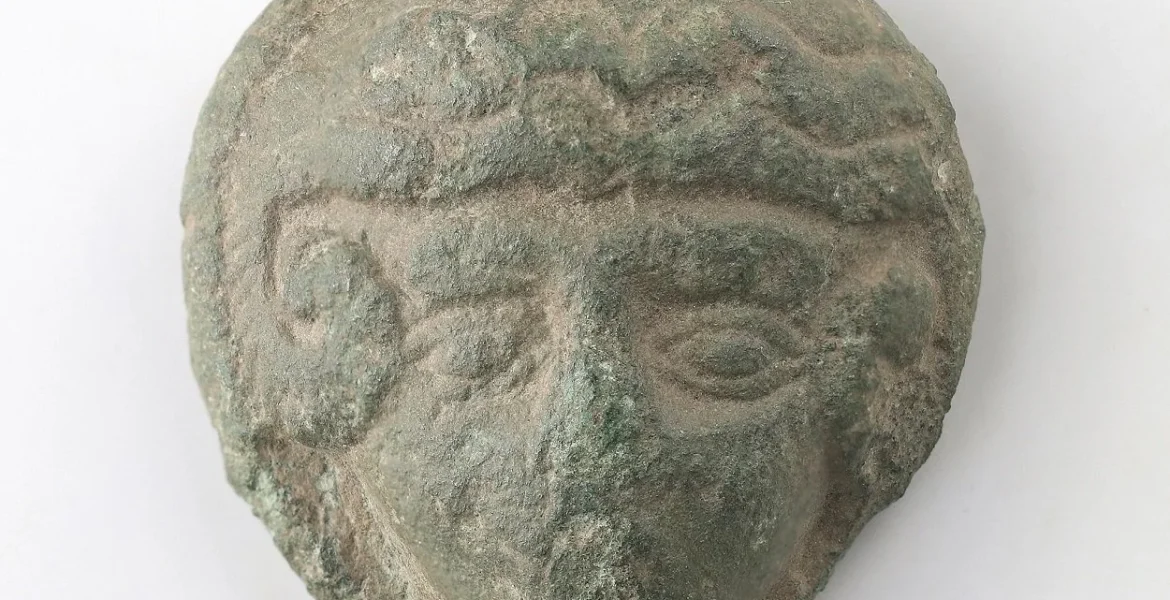In a remarkable discovery, archaeologists have unearthed a bronze fitting portraying Alexander the Great on the Danish island of Zealand. The finding was made during a metal detector survey near the city of Ringsted by Finn Ibsen and Lars Danielsen, two amateur archaeologists.
Ringsted holds historical significance as the site of Zealand’s Sjællands Landsting, an assembly where legislative functions, social gatherings, and trade took place in early Germanic societies.
Measuring no more than 3 centimetres in diameter, the small bronze fitting showcases the iconic face of Alexander the Great, also known as Alexander III of Macedon. Alexander's reign, marked by extensive military campaigns across Western Asia, Central Asia, South Asia, and Egypt, left an indelible mark on ancient history.
Experts from the Moesgaard Museum have determined that the fitting dates back to the Roman period, depicting a deified version of Alexander with characteristic features like his wavy hair and ram’s horns, symbolising his association with the god Ammon. Alexander often claimed Zeus-Ammon as his true father, and posthumous depictions of him adorned with horns emphasised his divinity.
The discovery bears resemblance to a similar artefact found in a bog at Illerup Ådal, where it was ritually deposited alongside 16,000 objects following a significant battle. Freerk Oldenburger, an archaeologist at Museum Vestsjælland, expressed enthusiasm, stating, “It’s fantastic. Up here in Scandinavia, you don’t usually find anything about Alexander the Great, and when you stand with such a small portrait in your hands, you get excited.”
(Source: Heritage Daily)


